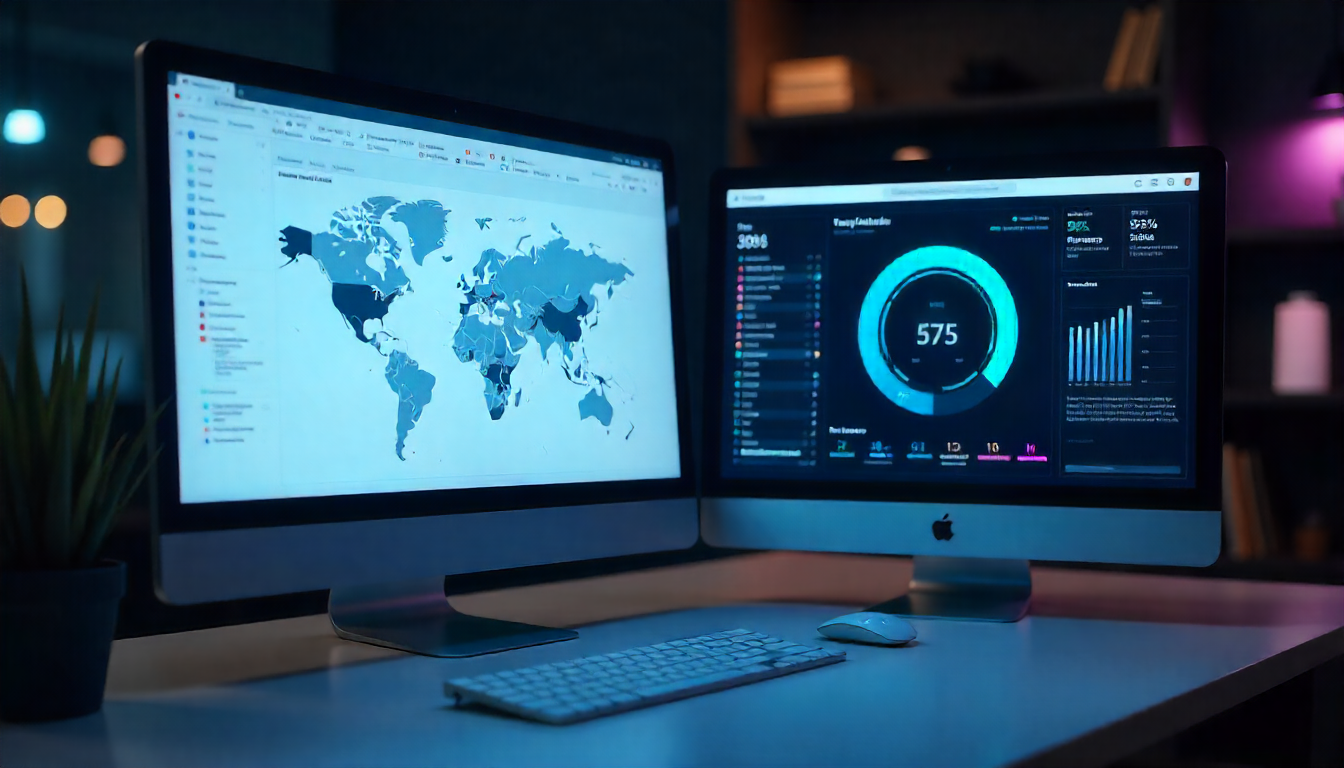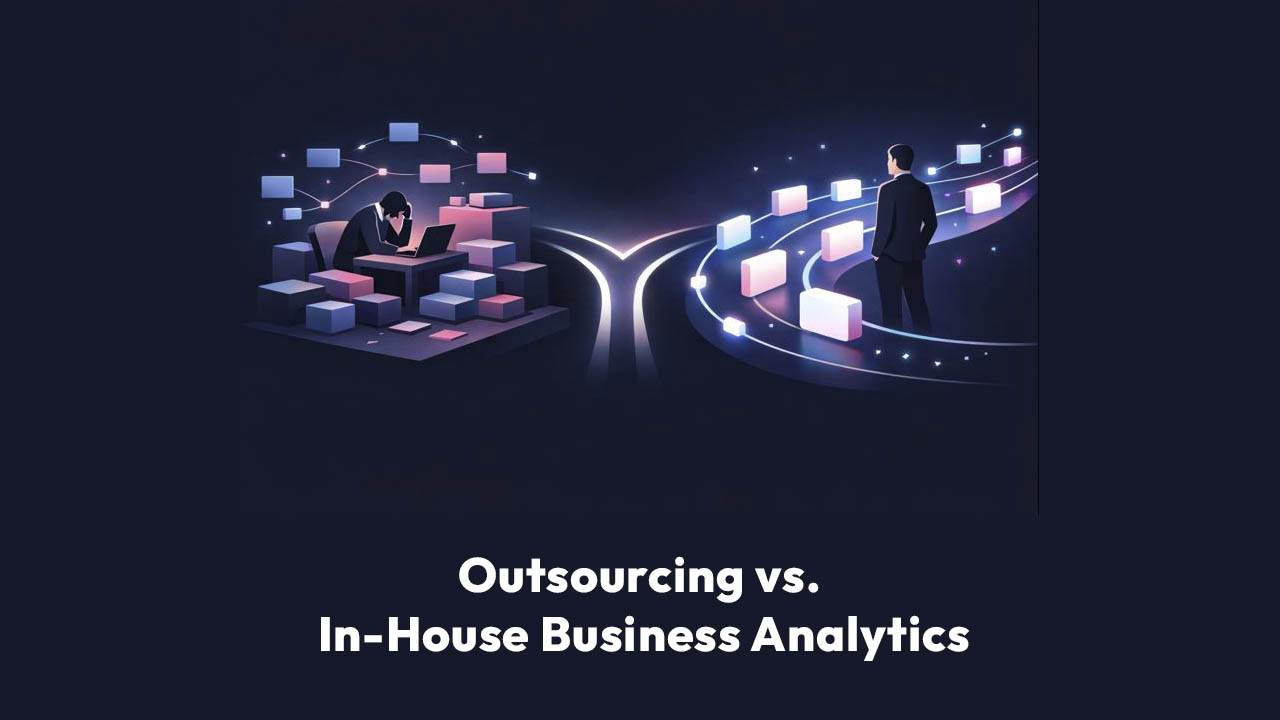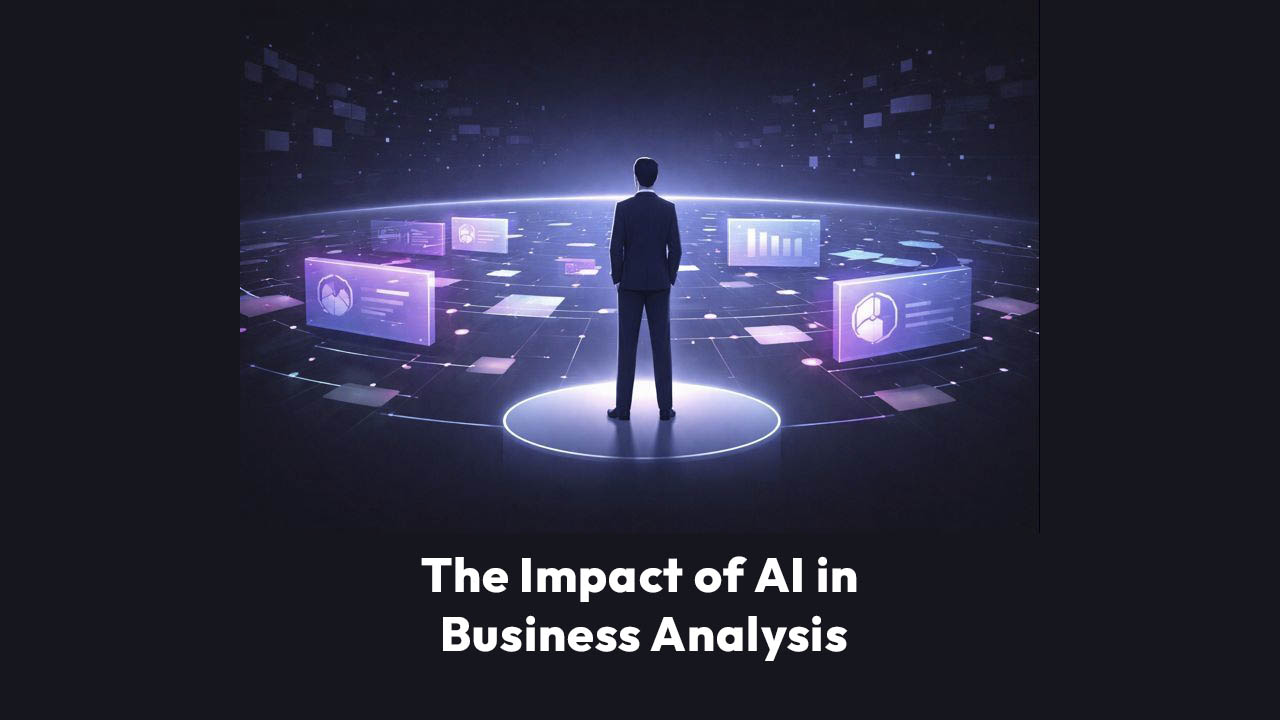But here’s the thing: that’s only part of the analytics picture. The other part — and the one most BI tools weren’t designed to solve — is the everyday questions that come up in the flow of work. The “why did this change?” moments. The “which segment is driving this trend?” questions. The follow-ups that happen after a dashboard is published, when the conversation shifts from what happened to why?, to what we should do next?
Talking about going to the next level with your information, without replacing the BI stack you’ve already invested in, but actually as a layer that makes it faster, easier and more collaborative to get to the “why” and the “what next”, that’s where Scoop fits in.
Why Enterprises Keep Their BI Stack — and Add Scoop
One thing to be transparent about, Tableau and its peers do their job extremely well. They give data teams the power to design customized visuals, set up repeatable reports, and meet strict formatting or compliance needs. But that level of polish comes with trade-offs:
- Time to build: Every new question often requires building or modifying a dashboard.
- Specialized skills: Analysts need to know measures, dimensions, joins, calculated fields — all second nature to pros, but a barrier for business users.
- Static endpoints: Even interactive dashboards are still “endpoints” in the process. They answer the initial question but don’t naturally lead to follow-up exploration without going back to the analyst.
Scoop solves for those gaps by making discovery instant, follow-ups easy, and access universal — all while letting your BI tools remain the home for formal reporting.
Scenario 1: From “What Happened?” to “Why?” in Minutes
Let’s take the Sample Superstore dataset — a favorite in Tableau demos. It’s a real-ish collection of four years of online sales data: orders, ship dates, customer info, sales metrics. Perfect for finding top customers, worst performers, and outliers.
In Tableau, finding “my worst-performing state” is straightforward. You filter or rank by profit margin, and maybe Texas shows up at the bottom. But if you then want to know why Texas is underperforming, that’s where the workflow gets heavier. You might need to create calculated fields, add filters, or run side-by-side views to check discount rates, shipping delays, or returns. That’s work an analyst can do — but it’s not instant.
In Scoop, you’d simply follow up:
“Why is Texas underperforming?”
Scoop would look across all the attributes in your dataset, run statistical checks, and surface a finding like:
“Texas has an unusually high average discount rate compared to other states, which correlates with lower profit margins.”
That’s a micro-case study in seconds. No extra formulas. No dashboard edits. And now you’ve gone from what to why — without leaving the conversation.
Scenario 2: The “Describe My Dataset” Superpower
One of the hardest parts of any analysis — especially in enterprise settings — is just getting familiar with a dataset. Analysts will often spend hours or days scanning fields, checking values, and validating whether the right data is even available to answer the question at hand.
With Scoop’s Describe My Dataset feature, you can shortcut that entire process. The AI scans your data and tells you, in plain language, what’s in it: the key fields, the range of dates, notable patterns, and any anomalies. It’s like getting a one-page “data profile” before you invest time building anything.
In a real-world enterprise workflow, this is huge. Let’s say a marketing team gets a fresh export from HubSpot. Instead of sending it to an analyst to “see what’s in there,” they can ask Scoop directly, decide if it’s ready for deeper analysis, and then pass it along to the BI team for visualization.
Deployment Without the Heavy Lift
Another big reason enterprises pair Scoop with their existing BI tools? Deployment speed.
Setting up Tableau Server (or similar) often involves IT provisioning, hardware or cloud infrastructure, permissions, and connector configuration. Scoop, on the other hand, connects directly to sources like Salesforce, HubSpot, Google Sheets, LinkedIn, Monday.com, Workday, and Snowflake — without heavy IT involvement. You can be asking live questions on real data in minutes.
That’s not to say enterprises throw out their BI stack. Instead, they use Scoop as the agile layer for ad-hoc analysis and pattern discovery, while keeping Tableau (or others) for the dashboards that require more governance, formatting, and sign-off.
Scenario 3: Answering Questions Where Work Actually Happens
Here’s a reality we all see: most business conversations don’t happen in BI tools. They happen in Slack, Teams, or email. That’s where people make decisions.
Scoop’s Slack integration brings the analysis right to where those conversations happen. If the operations team is discussing an increase in shipping delays, they can ask Scoop directly in Slack:
“What’s causing the increase in ship dates this month?”
Scoop could respond with:
“Ship dates increased primarily in the Northeast region due to a spike in vacation days among fulfillment staff in July.”
The follow-up could be:
“Show me the trend by week.”
Now you have a chart, right in Slack. And if someone wants to explore further, they can click “Open in Scoop” to interact with the visualization, apply filters, or compare periods — no switching tools, no waiting for an analyst.
Complementary Roles in the Enterprise
If you think about the analytics lifecycle, Scoop and Tableau sit at different but complementary points:
- Scoop: Discovery, ad-hoc Q&A, rapid hypothesis testing, root cause analysis, integration with daily workflows (Slack).
- Tableau: Curated visual storytelling, repeatable and standardized reporting, high-format executive dashboards.
Enterprises that pair them get the best of both worlds: speed and agility for everyday decisions, plus formal, governed reporting for the big picture.
Scenario 4: From Insight to Visualization
Here’s another example of how they work together.
- Discovery in Scoop
Scoop surfaces:
“Enterprise deals that see technical content before sales content close 47% faster.” - Validation and Context
The sales ops team reviews the finding, maybe slices it by industry or deal size to see if it holds. - Visualization in Tableau
The insight is then built into a quarterly sales dashboard, with supporting visuals for leadership — not just showing the metric, but telling the story of why.
In this model, Scoop accelerates the analysis, while Tableau elevates the storytelling.
Broader Data Access Without the Friction
One thing to point out: BI tools often do great with warehouse or database sources, but web app data can be trickier. Tableau has a solid Salesforce connector, but beyond that, coverage is limited — and sometimes the connectors aren’t officially supported, requiring technical workarounds.
Scoop’s connectors span over 100 SaaS platforms and databases, giving teams a single place to query and combine both structured warehouse data and live app data. That means your ad-hoc questions can pull in CRM activity, marketing campaign performance, HR data, and more — without waiting for an ETL job or IT ticket.
Trust Through Direct Access
In many enterprises, analysts are the “gatekeepers” of data. That’s not inherently bad — quality and governance matter. But it can create bottlenecks and a “request-and-wait” culture.
By letting business users ask questions directly (in plain English), Scoop reduces that dependency. Analysts still play a critical role — validating models, ensuring data quality, building formal dashboards — but they’re freed up from repetitive, low-complexity requests.
That, in turn, builds trust. When users can explore data themselves, ask follow-ups instantly, and see transparent explanations of why a change happened, they’re more confident in acting on it.
Building Momentum, One Use Case at a Time
Adding Scoop to your BI stack isn’t a massive “rip-and-replace” project. It’s more like adding a high-speed lane alongside the main highway. You start with a few teams — maybe marketing, maybe sales ops — who need faster answers. They share wins. Other teams see it, and adoption grows.
That’s exactly how Tableau built its early momentum: small pockets of adoption that spread organically because the tool solved a real problem for its users. Scoop’s approach to discovery, accessibility, and workflow integration sets it up to follow that same path — this time, with AI in the driver’s seat.
The Takeaway for Enterprise Teams
If you’ve already invested in a BI stack, you don’t have to choose between keeping it and modernizing your analytics approach. You can do both.
- Keep Tableau (or Power BI, or Looker) for the polished, formal reporting that stakeholders expect.
- Add Scoop for the rapid, AI-powered discovery that gets you from what happened to why and what next — in minutes, inside the tools you already use every day.
That’s the enterprise playbook. It’s not about replacing. It’s about pairing the best of each approach so your teams can make decisions faster, with more context, and with more confidence.
See the Scoop vs. Tableau comparison for a deeper look at how the two tools fit together in a modern data stack.








.png)